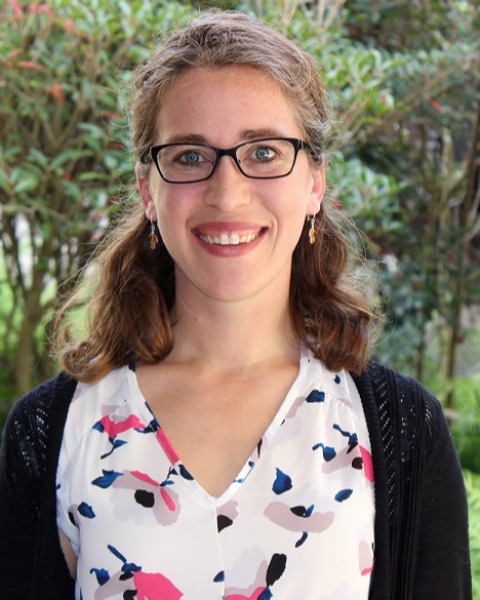P-IE
Section Symposium
3: If you build it, will they buzz? Optimizing pollinator gardens and citizen science monitoring for bees

Rachel E. Mallinger
University of Florida
Gainesville, Florida- HK
Heather Kalaman
University of Florida
Gainesville, Florida - SW
Sandra Wilson, Dr
University of Florida
Gainesville, Florida - GK
Gary Knox, Dr
University of Florida
Quincy, Florida
Presenting Author(s)
Co-Author(s)
While public consideration and involvement for pollinator well-being continues to grow, modified landscapes have become increasingly dominated by ornamentals, which have been selected for a suit of novel traits such as color, size, and form. Largely understudied however, is pollinator preference for these modern cultivars compared to their native congeners.To address this, we compared floral abundance, display area, and phenology of 10 native and non-native plants and their attraction and resource value to different pollinator groups. We found that plant attributes were highly influenced by species and season, with subsequent effects on visitation rates by pollinators. To this effect, while the expansive composite flowers of Gaillardia species produced lower quantities of nectar and protein rich pollen, they were largely attractive to small and medium-bodied native bees. Several bee types were attracted to native and non-native Coreopsis species, which produced trace amounts of nectar but protein rich pollen. Both Salvia species produced abundant levels of nectar, with expansive floral display areas, and served as highly attractive floral resources for different bees. Butterflies/moths showed a distinct preference for Lantana, and although regularly advertised as a bee and butterfly attractant, the nectar rich Pentas were largely unappealing to all insect pollinators with the exception of wasps. In general, honey bees were more attracted to non-native ornamentals. Our results largely showed that the non-native ornamentals were as attractive and resource rich to several pollinator groups compared to their native congeners. Results comparing data collected by community scientists and entomologists will also be presented.

